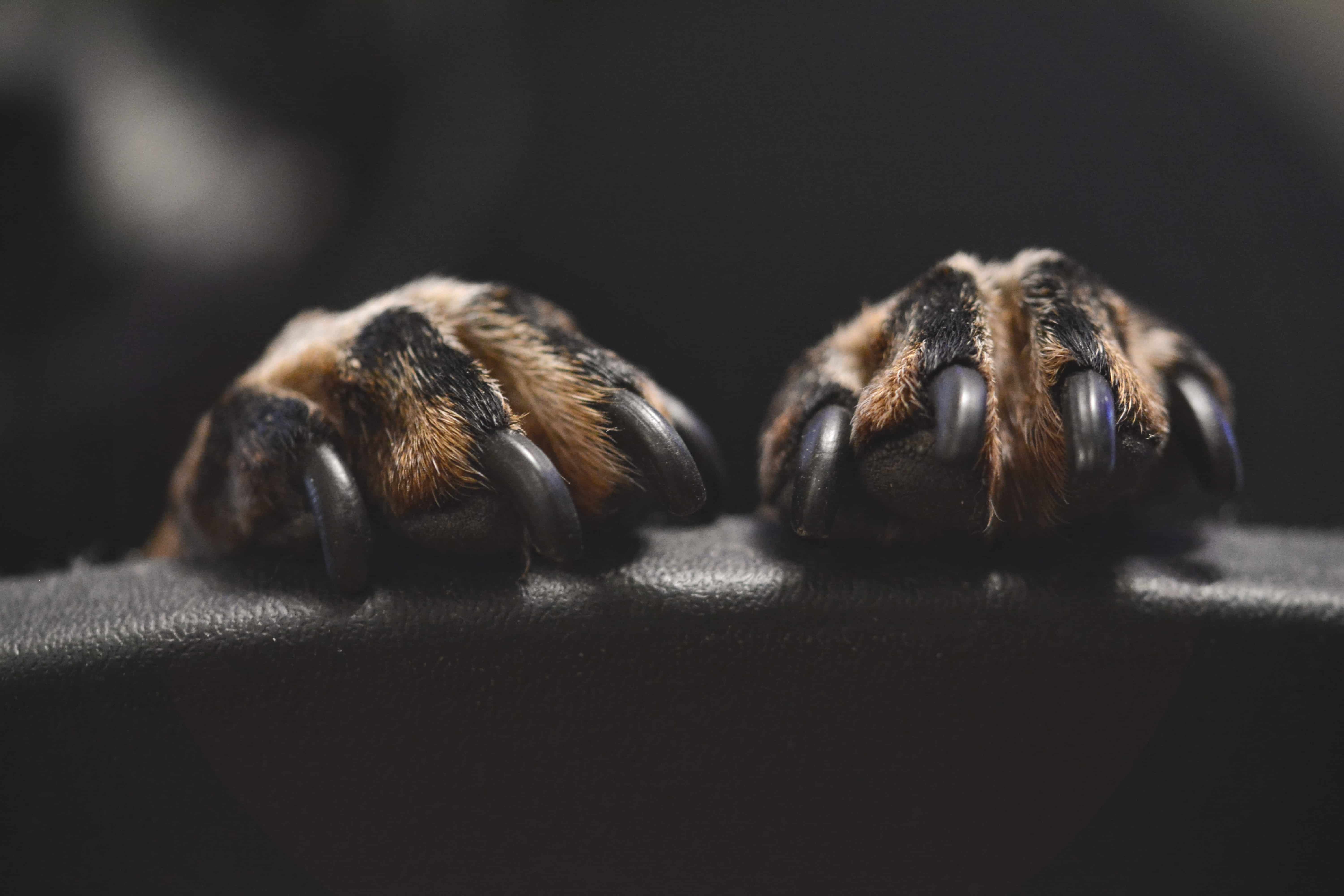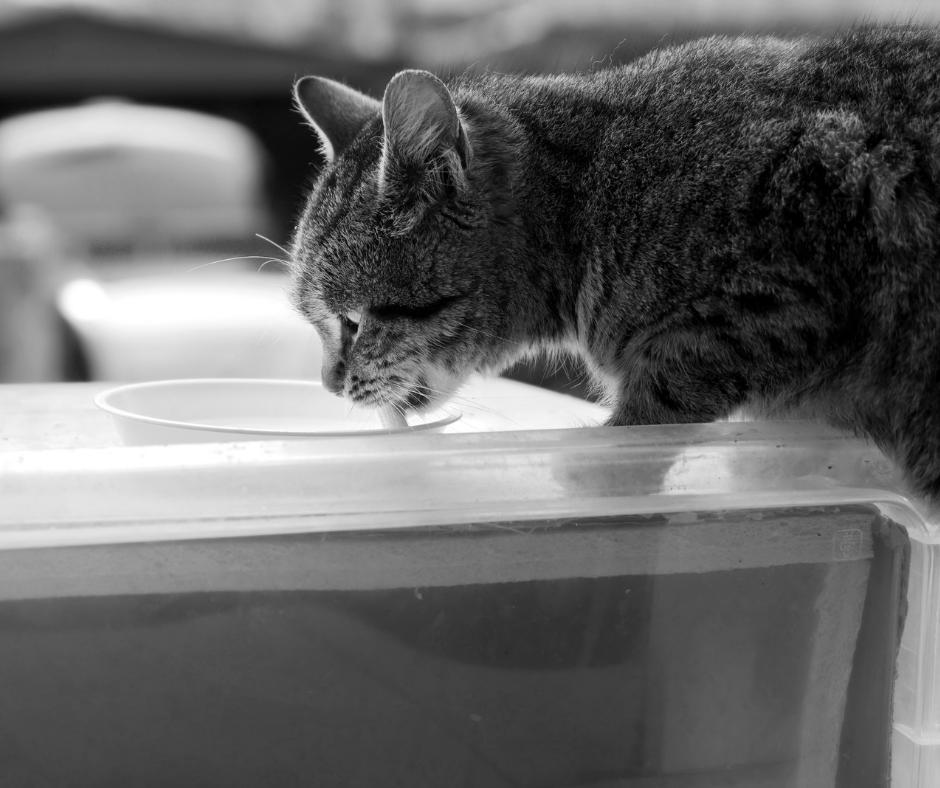


Chronic kidney disease is one of the most common ailments of domestic cats and is an irreversible loss of kidney function. Other names for this are CKD, CRD (chronic renal disease), renal failure or insufficiency, as well as a few others. All these terms refer to the fact that one of the body’s main toxin cleaning organs is losing its ability to perform its function.
What are the kidneys and what do they do?
The kidneys are paired bean shaped organs in the abdomen. Inside each kidney are millions of filtration units called nephrons. Urine is the evidence we see of the kidneys at work, but they are a complexed, multi-task organ. They clean the blood of toxins and by products of metabolic waste. They prevent valuable proteins from being lost in the urine. They conserve life giving water to the body (keeping the body hydrated). The kidneys also help stimulate red blood cell production, manage blood pressure, balance the pH of the blood, and help maintain the proper calcium/phosphorous balance. Disease or a lifetime of use result in loss of nephrons. The kidneys have ways to compensate for this loss up to a certain point, including one kidney taking over the job of the other if it is no longer operational; however there comes a critical point when this compensation is no longer possible. When this happens, overt signs of failure appear.
What are the signs of kidney disease?
An organization called IRIS (International Renal Interest Society) has categorized kidney disease into stages. Stages range from I to IV. This is very helpful for the veterinarian as well as the owner. Depending on what stage a cat (or dog) is in, the veterinarian will perform the appropriate diagnostic tests and prescribe the appropriate treatment. IRIS uses two main indicators for staging. One is called creatinine, which is a by product of the body’s muscle metabolism. There is a normal range of creatinine in the body at all times; but levels above this range are considered abnormal. The second criteria is SDMA (symmetrical dimethylarginine), a compound which is an earlier detector than creatinine of abnormal kidney function.
Stage I and II. Cats in these stages appear clinically normal, but lab work shows slight changes.
Stage III and IV. Cats are showing noticeable signs. These include increased thirst and urination, weight loss and loss of muscle mass, reduced appetite, nausea and vomiting, and loss of energy. There are significant corresponding changes in the lab work.
Treatment of Chronic Kidney Disease
Depending on the IRIS stage, diagnostic findings, the cause and progression, and clinical symptoms your veterinarian may use dialysis (by intravenous or subcutaneous fluid administration), antibiotics, nutritional support with prescription diet, supplements, appetite stimulant, nausea control medication, and injections of red blood cell stimulating hormone erythropoietin. The goal of any treatment is to maintain adequate body nutrition and to support the kidneys in their work. As with other ailments, early intervention matters. The sooner your veterinarian can detect a kidney problem, the better outcome for your cat.
A pet owner’s participation in managing this disease under the guidance of their veterinary professional greatly impacts the quality-of-life of their pet. Sadly, there may come a time when kidney disease has progressed to the point where the quality of life is poor, and the owner may decide to say goodbye. At DR 4 PETS let us be there for you when that time has come. We specialize in compassionate and dignified in-home pet euthanasia; servicing areas specific areas of southern California, such as Thousand Oaks, Moorpark, Simi Valley, Camarillo, Ventura. Agoura and some neighboring communities. Give us a call at (805) 494-3339 or visit our website: https://dr-4-pets.com.